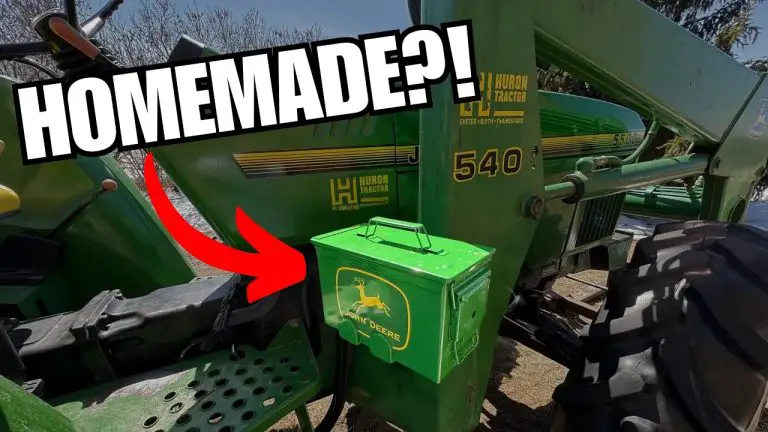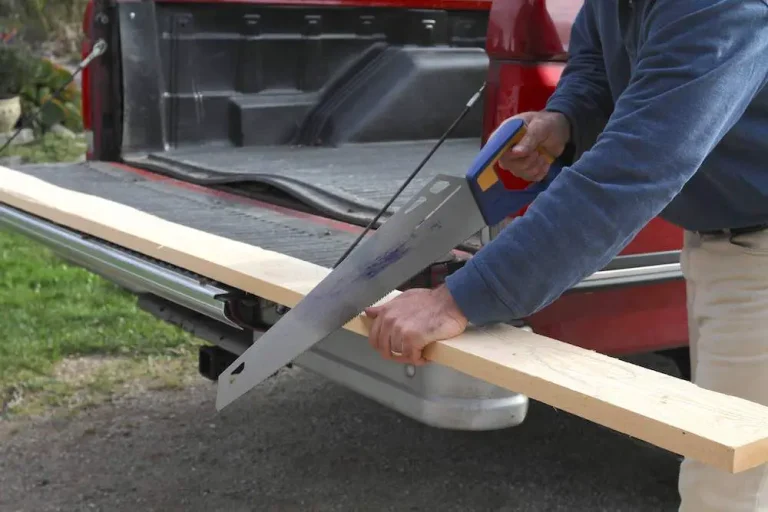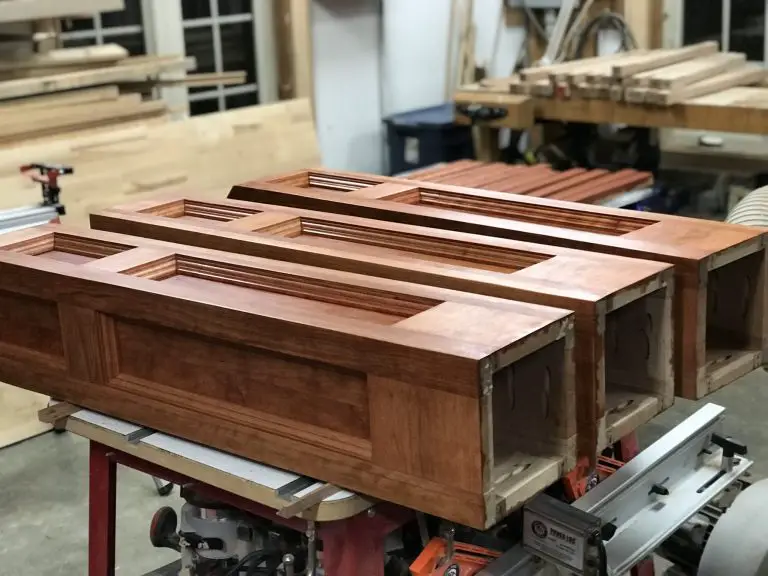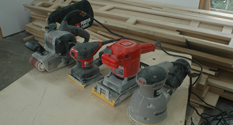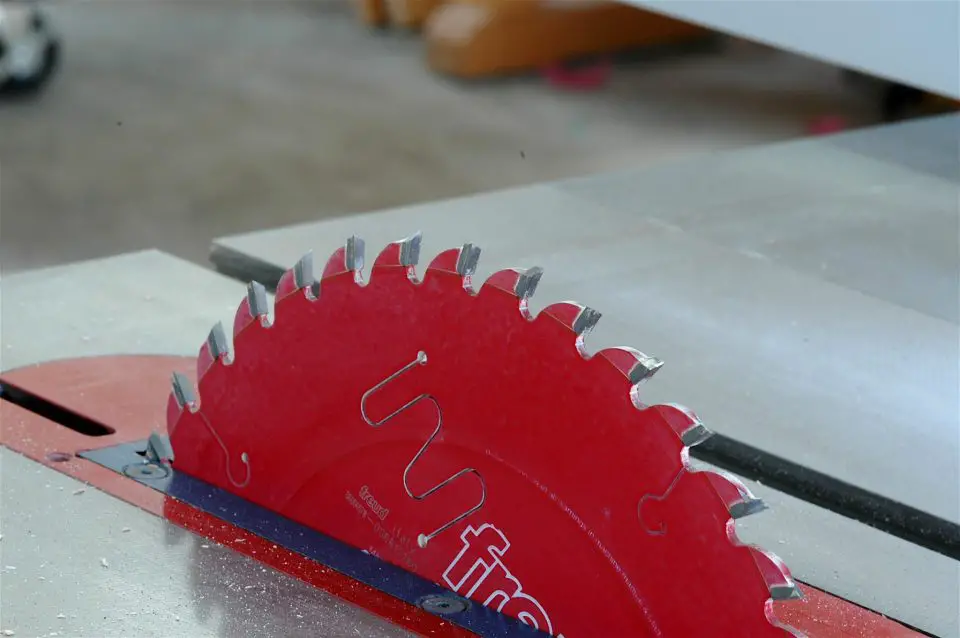
A big part of woodworking success always comes down to small but important details. Some of these have to do with the saw blades and router bits you use to cut and shape wood. Remembering the five tips here always helps me out in the shop, and perhaps it’ll help you, too. Also, don’t miss the three videos in this article.
Woodworking Tip#1: Clean Blades & Bits Cut Better
Even the best saw blades and router bits gum up with performance-robbing wood resins. This is especially true if you’re working with softwoods like pine and spruce. It takes a specialized solvent to clean saw teeth, restoring cutting power and extend blade life, but it’s worth the trouble. The best products are liquids that eat away resins easily, they’re pleasant to use and they work fast. A clean blade is a happy blade.
Household ammonia is a cheap, effective, water-washable option for cleaning saw blades and router bits, but the fumes are pretty extreme. Use it outside or use one of the dedicated blade cleaner products. I’ve had good results with a product I bought from Lee Valley Tools years ago. They’ve updated the formula and you can see it here.
Woodworking Tip#2: Choose the Safest Saw Blades
Some saw blades are safer than others, and anti-kickback shoulders are the biggest reason why. They’re extensions of metal located in front of each tooth that reduce the chances wood will suddenly be caught and thrown by the spinning blade. You’ll find anti-kickback shoulders on the world’s safest saw blades, including those made for hand-held circular saws and tablesaws. Do you see the bumps directly behind the cutting teeth in the photo below? Those are the anti-kickback shoulders.
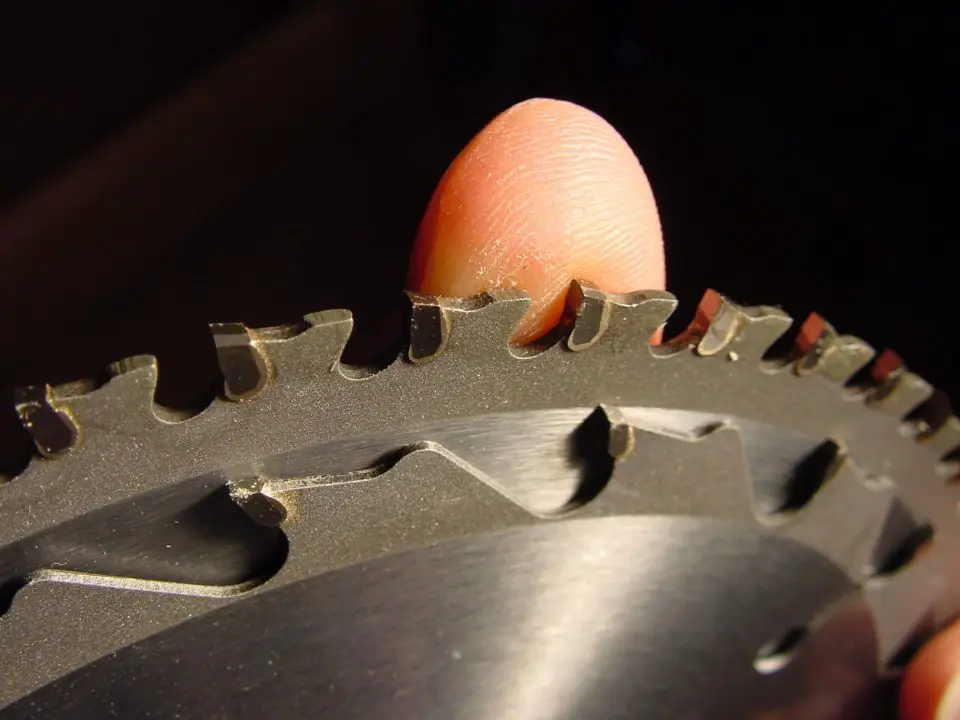
Woodworking Tip#3: Some Saw Blades Are Tougher Than Nails
- Video#1 Watch Time = 3 3/4 minutes
No one sets out to cut nails with a hand-held circular saw, but sometimes it happens. Renovations, reclaimed lumber and salvage work often involve cutting nail-embedded wood, and that’s the reason for metal-tolerant wood blades. Look for them when tooling up for renovation work. Metallurgy has advanced to the point where today’s carbide saw teeth are exceptionally good. Watch the video above to see a blade chew through multiple deck screws with no trouble.
Woodworking Tip#4: Blade Quality Equals Cut Quality
- Video#2 Watch Time = 5 minutes
A saw is only as good as the blade it spins. Same goes for routers and router bits. The thing is, new saws don’t usually come from the factory with great blades, and routers never come with bits at all. Not that the best bits and blades cost a lot. Most hand-held circular saw blades cost less than twenty-five bucks these days and last a long time. Larger tablesaw blades are cheaper than ever and better than ever, too. With the explosion in quality and variety it’s more affordable than ever to build a nice collection of bits and blades. Watch the video above to learn about my favourite router bits and the kind of details you can create with them. I made this video back in 2010, but all the information still applies.
Woodworking Tip#5: Blades & Bits Cut Better With Less Friction
As saw blades and router bits pass through wood, friction generated as the metal rubs against the side of the cut robs power and builds damaging heat. That’s why the best blades use low-friction coatings. They let blades run cooler, resist resin build-up better, and deliver more power to cutting teeth, where it counts. Not all blades have low-friction coatings on the sides, so look for it.
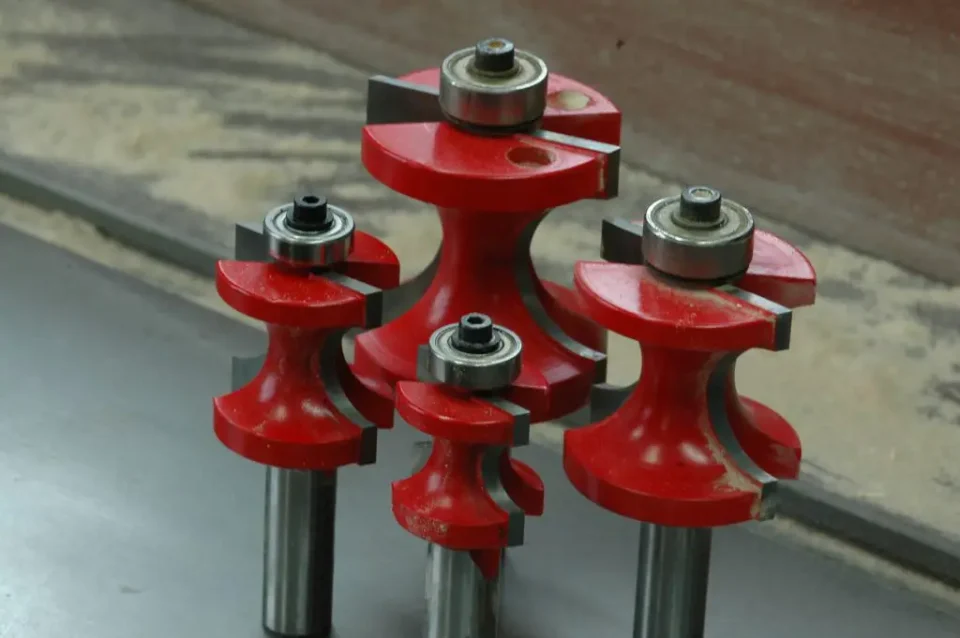
Want to see a great saw blade in action cutting through 2″-thick cherry? Click below for a video tour.
- Video#3 Watch Time =4 1/4 minutes







